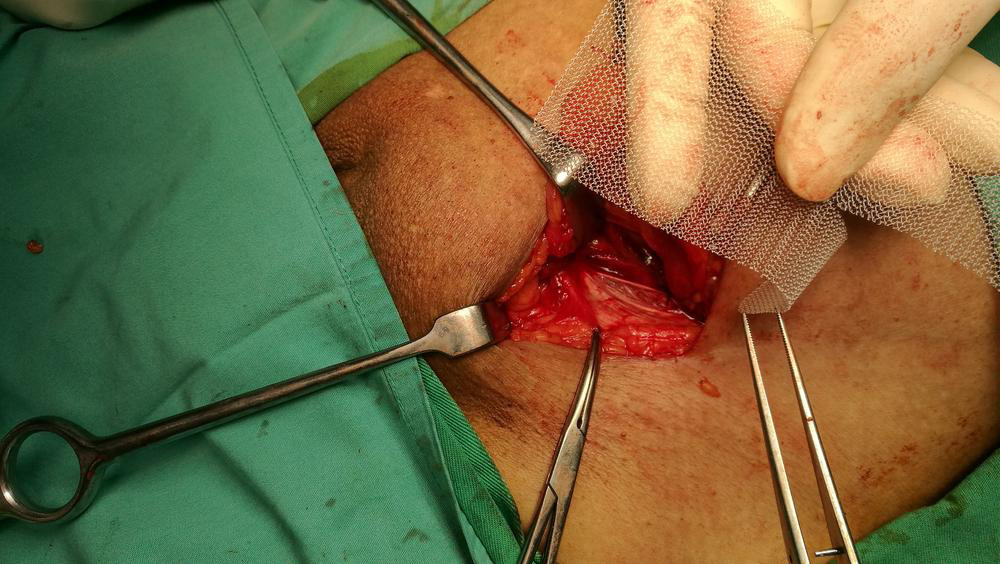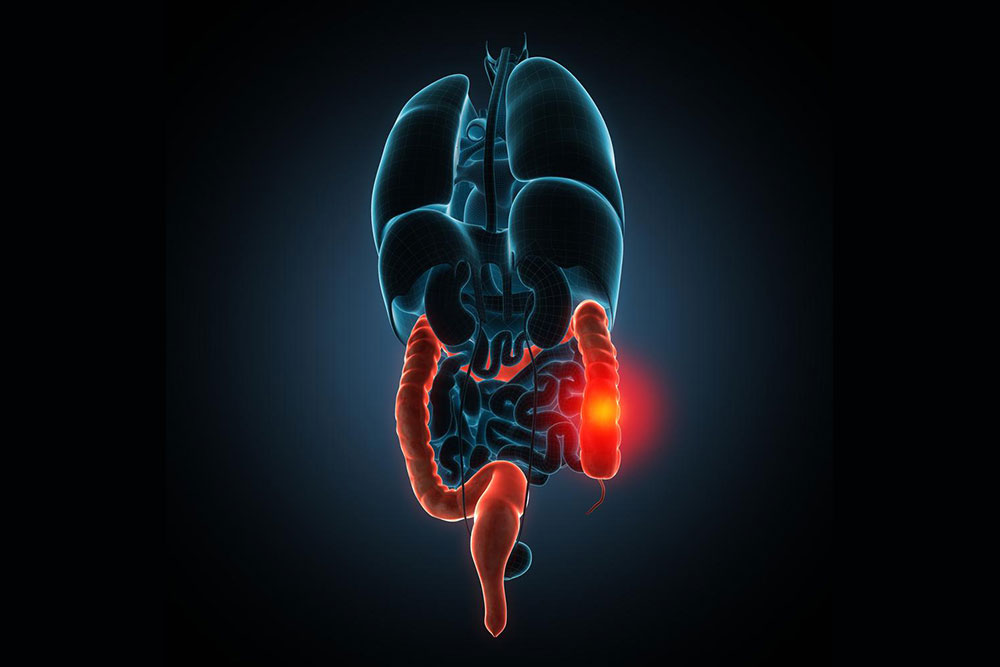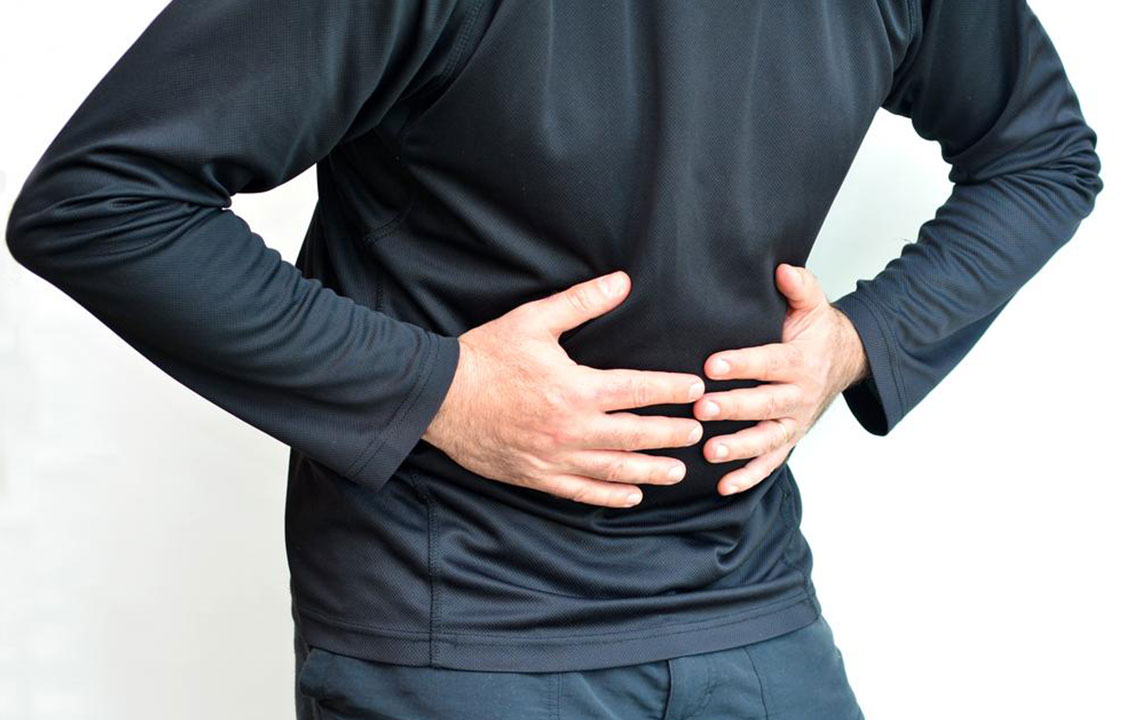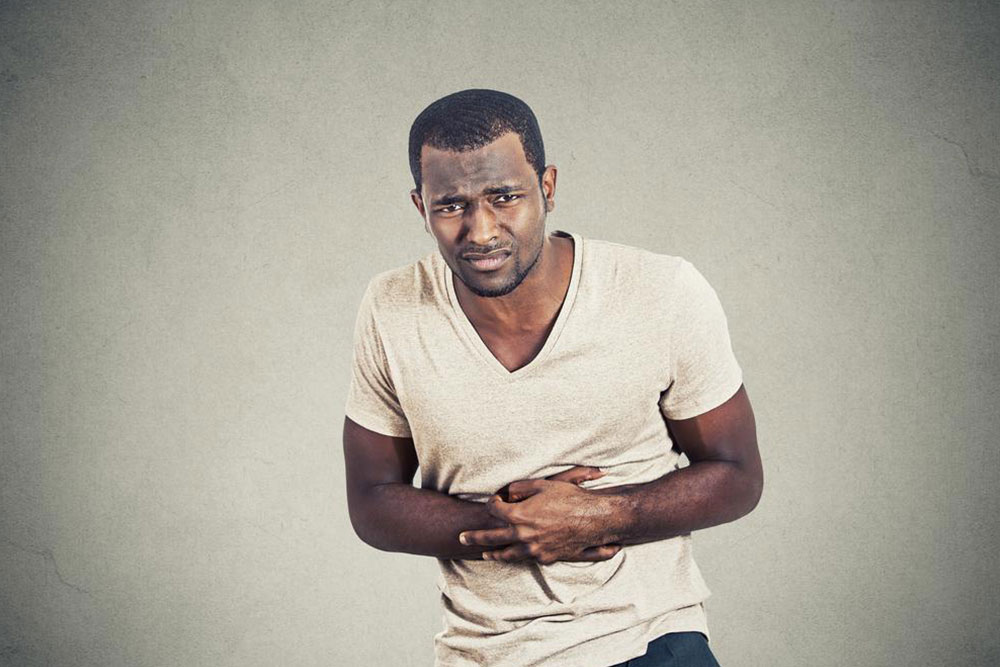Essential Insights into Gallbladder Pain and Its Causes
Learn about gallbladder pain, its causes like gallstones and bile duct blockages, and key symptoms such as severe abdominal pain, nausea, and jaundice. Early medical attention is crucial for effective treatment and preventing complications. This guide offers essential insights into understanding and managing gallbladder issues for better health outcomes.
Essential Insights into Gallbladder Pain and Its Causes
The gallbladder, a small organ situated in the upper right abdomen beneath the liver, is roughly four inches long and pear-shaped. Its key role is to produce bile, a vital fluid for digesting fats. Bile aids in breaking down dietary fats and transports nutrients like vitamins into the bloodstream via the small intestine. When the gallbladder malfunctions, it can trigger significant discomfort.
Symptoms of a gallbladder crisis include intense, stabbing pain, which requires prompt attention to prevent complications.
Causes of Gallbladder Issues
Understanding how the gallbladder fails and what leads to pain is crucial before exploring the symptoms of a gallbladder attack.

Gallstones Formation
The most common trigger of gallbladder pain is the formation of gallstones, which happen when bile components clump together. Those who frequently consume fried, processed, and fatty foods are more susceptible. Often, gallstones go unnoticed due to their small size, but larger stones can cause noticeable attack symptoms.
Bile Duct Obstructions
When gallstones lodge in the bile ducts, they block bile flow, leading to pain and complications.
In cases where a stone remains stuck for an extended period, it can cause perforation—a hole forming in the gallbladder, which is a rare but serious condition. Obstructions can also lead to infections like empyema or abscesses, which, if untreated, pose significant health risks.
Signs and Symptoms of Gallbladder Pain
When bile flow is hindered due to stones or other issues, the gallbladder may spasm, producing symptoms such as:
Persistent Pain: Intense pain in the upper right or central abdomen that lasts hours and warrants immediate medical attention.
Back and Chest Discomfort: Pain radiating from beneath the right shoulder blade to the back and chest, lasting hours or days.
Post-Meal Pain: Discomfort in the upper right or central abdomen after eating, which may gradually intensify.
Fever and Chills: Fever accompanied by chills indicates possible infection requiring prompt care.
Nausea and Vomiting: Feelings of queasiness with vomiting, especially when paired with other symptoms.
Changes in Stool and Urine Color: Light-colored stools and darker urine are signs of bile flow obstruction.
Jaundice: Yellowing of the skin and eyes caused by bile blockage signals a severe gallbladder issue.
If these symptoms arise, consulting a healthcare professional is essential. Multiple symptoms together often indicate a serious problem that needs immediate attention.
Note: The information on this site aims to educate and provide useful tips. However, it should not replace professional medical advice. Always seek a doctor's diagnosis for persistent or severe symptoms.










